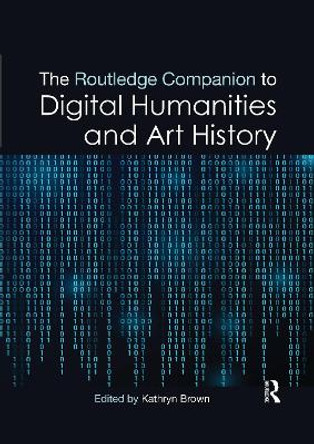Description
Digital Art History has often aligned itself with the practical concerns of digital technology and the responsibilities of art institutions and associated institutional roles such as collection managers, information specialists, curators, and conservators. This emphasis on practicalities and implementation, while undeniably important, has often meant that there is little room for critical examination of the broader implications of digital technology and computational methodologies in art history.
This anthology seeks to address the dearth of critical reflection by approaching the use of digital technology in art history from a theoretical perspective and critically assessing specific case study examples. This book also considers the political dimensions associated with the large-scale digitization and the application of digital tools within museums and collection management.
A long-standing concers of the field-and also a major focal point of this book-is museum and collecting practices in the digital era. While there is a certain degree of continuity in the field, there are some important shifts and changes too. One of the key changes is the widespread uptake of artificial intelligence tools and an increased
attention to both the broader historical and societal aspects of the use of digital repositories and tools.
About the Author
Amanda Wasielewski is Associate Senior Lecturer of Digital Humanities and Associate Professor (Docent) of Art History at Uppsala University, Sweden. Her recent research is on the use of artificial intelligence techniques to study and create art.
Anna Naslund is professor of Art History at Stockholm University, Sweden. She has written extensively on various aspects of photography and visual culture, the digital turn, archives and museum practices.
Book Information
ISBN 9781835950487
Author Amanda Wasielewski
Format Paperback
Page Count 210
Imprint Intellect Books
Publisher Intellect Books










